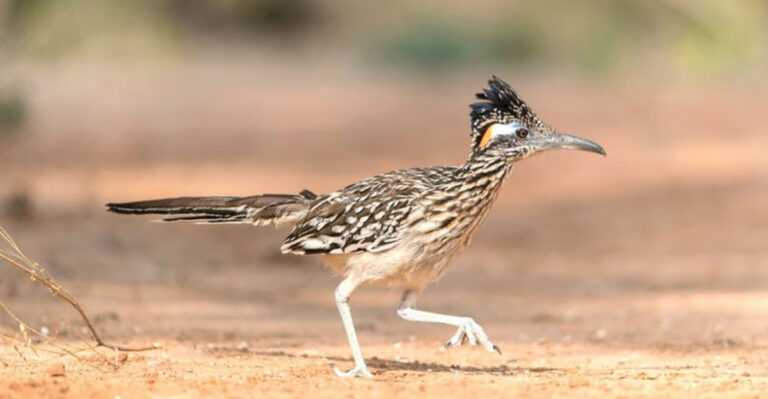Why Elk Migrations Are Now Happening Earlier Each Year
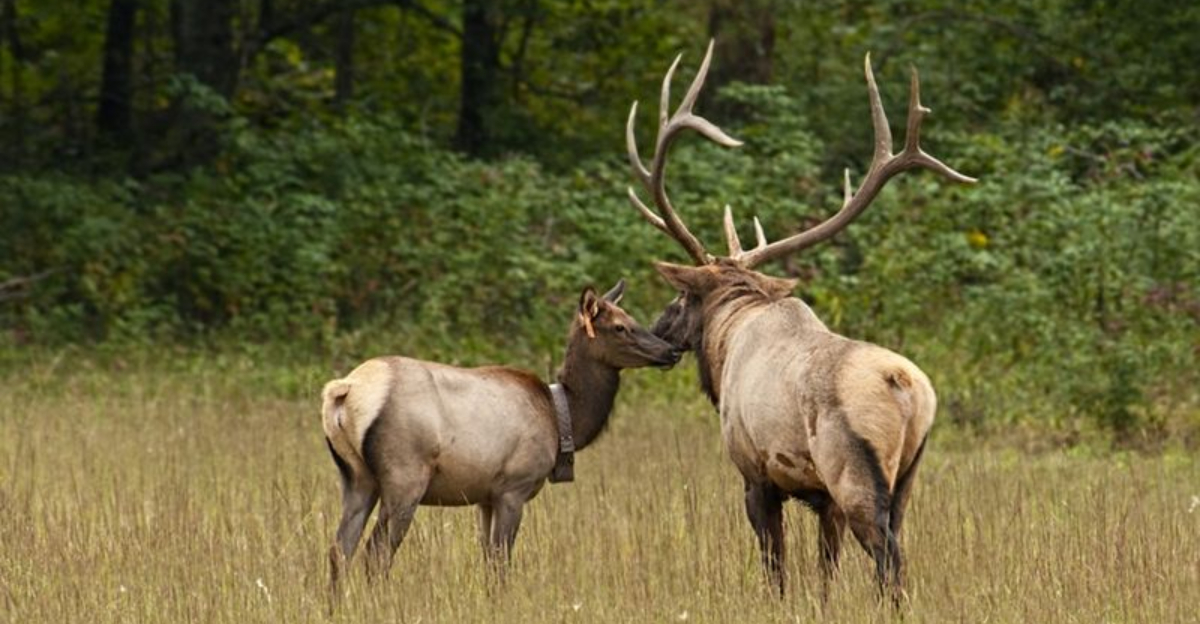
Elk migrations, those ancient seasonal journeys across mountains and valleys, are shifting earlier on the calendar.
Scientists have noticed this change across North America as herds respond to our warming planet. These magnificent animals are adapting to survive in a changing world, but their adjustments reveal much about our climate’s transformation.
1. Earlier Snowmelt
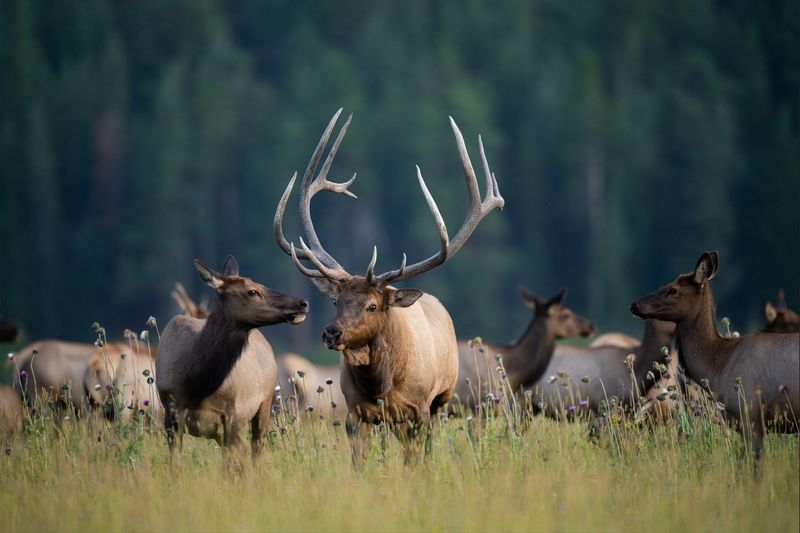
Mountain snow doesn’t stick around like it used to. When snowpack melts weeks ahead of historical patterns, elk don’t wait around. They follow the retreating snow line uphill, tracking the fresh growth that emerges in its wake.
This earlier movement can throw off the entire ecosystem’s timing. Hunters, wildlife watchers, and park managers must adjust their expectations about where and when to find these majestic animals.
2. Accelerated Spring Green-Up

Plants are leafing out sooner than ever before. Young, tender shoots pack more nutrition than mature plants, creating an irresistible buffet that draws elk to higher elevations ahead of schedule.
Tracking studies show elk moving in perfect sync with this green wave of vegetation. GPS collar data reveals they’re now arriving at summer ranges up to three weeks earlier than they did just decades ago.
3. Longer Growing Seasons

Climate change has stretched out growing seasons across elk country. With frost arriving later and spring coming sooner, elk have more time to fatten up before winter’s grip returns.
This extended feeding window changes their urgency to migrate. Why rush to summer ranges when food is plentiful for longer periods? Some herds now spend more time in transition zones that previously served only as brief stopover points.
4. Increased Forage Availability
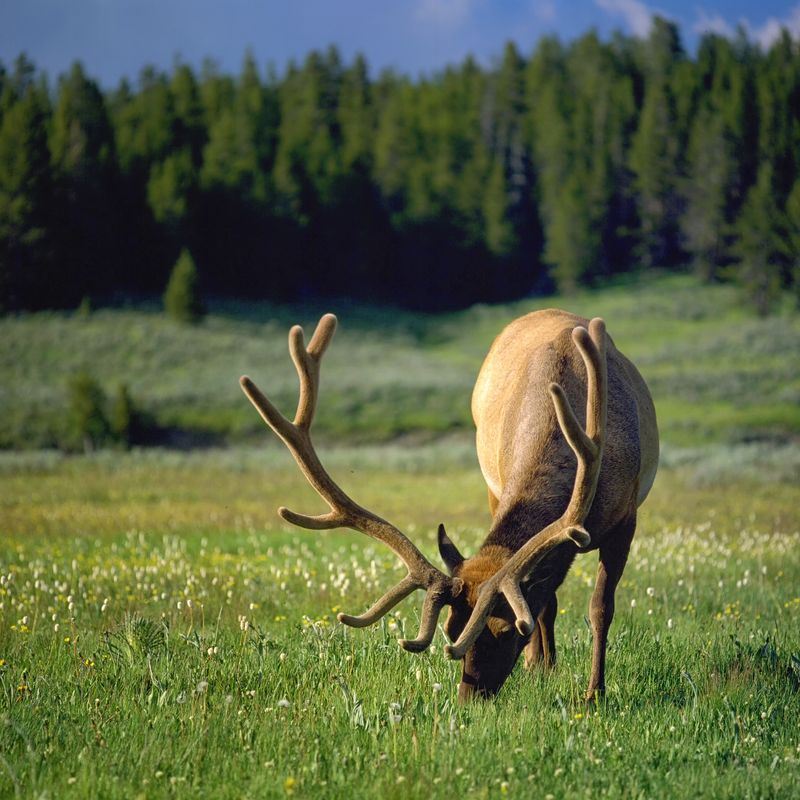
Warming temperatures have pushed plant growth zones upward in elevation. Areas once buried under snow until July now green up in May or June, creating new feeding opportunities for hungry elk.
Research shows alpine meadows producing vegetation nearly a month earlier than historical records indicate. Elk are quick learners – they’ve adjusted their travel plans to capitalize on this high-altitude buffet of nutritious plants.
5. Reduced Snow Depths
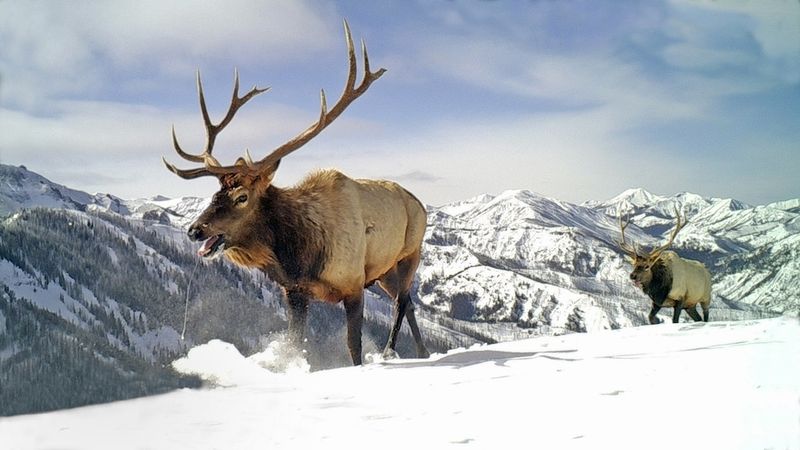
Winter’s grip isn’t what it used to be. Thinner snowpack means elk can navigate mountain passes that once remained impassable until late spring. GPS tracking reveals herds crossing high-elevation barriers weeks ahead of schedule.
With less energy spent plowing through deep drifts, females arrive at calving grounds with better body condition. This snow reduction essentially opens migration highways earlier each year.
6. Earlier Calving Times
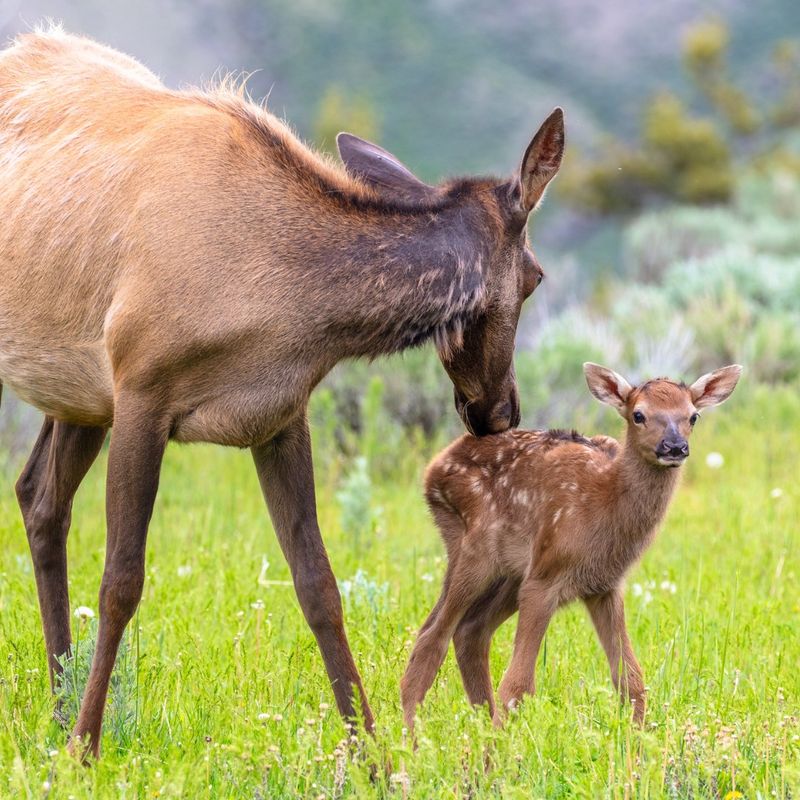
Mother Nature has rescheduled elk baby season. Warmer springs trigger earlier births as cows respond to changing environmental cues.
Calves born too early face dangerous cold snaps, while those born too late miss peak nutrition. The sweet spot has shifted forward on the calendar. Radio collar studies show calving now happening up to two weeks sooner in some herds compared to historical records.
7. Altered Predator Patterns
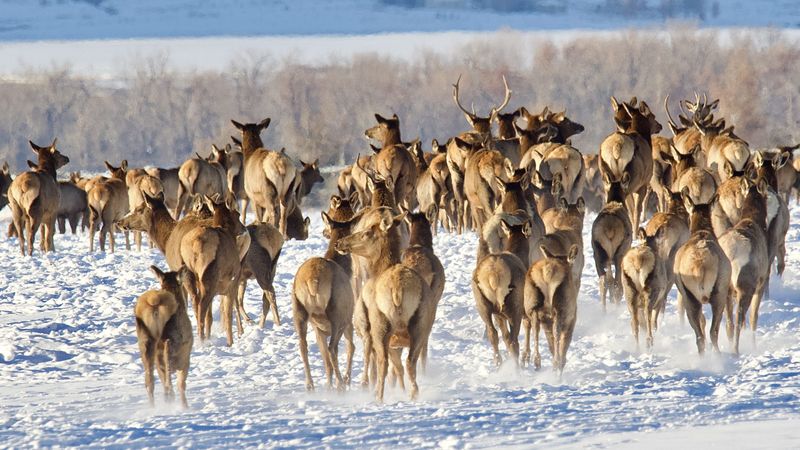
Wolves, bears, and mountain lions have adjusted their hunting strategies too. Predators track prey movements, creating a complex ecological dance that shifts with the climate.
Elk herds must navigate this changing predator landscape. Some populations migrate earlier to find safety in numbers, while others delay to avoid peak predator activity. This predator-prey arms race adds another layer to migration timing shifts.
8. Shifts In Water Availability
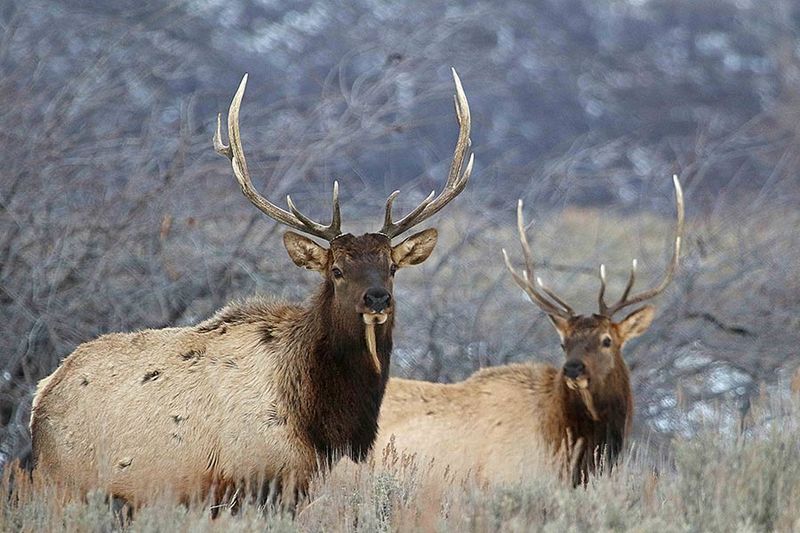
Reliable water sources have become moving targets. Springs that once flowed year-round now dry up by midsummer, while new seeps appear as permafrost thaws. Elk can’t survive without water, so their migration routes adapt accordingly. Scientists tracking radio-collared animals have documented new movement corridors developing in just the past decade. These routes connect dependable water sources during increasingly unpredictable dry seasons.
9. Habitat Changes
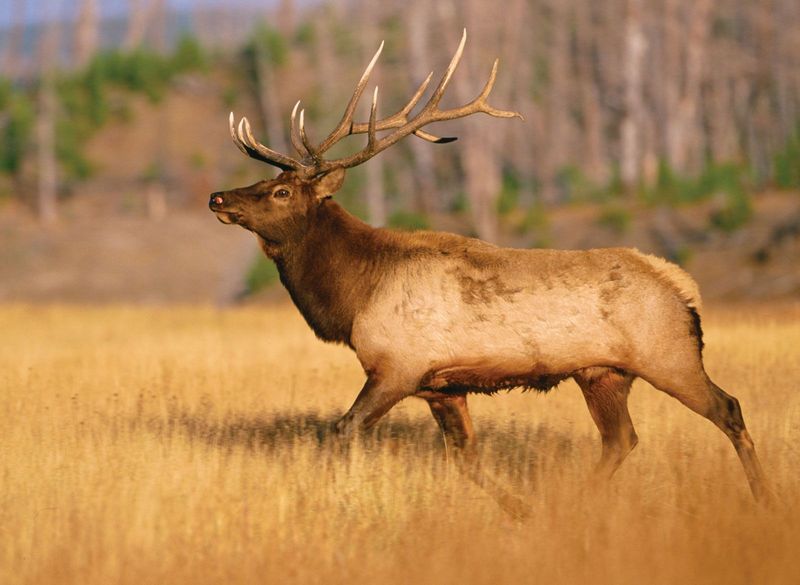
The very composition of elk habitat is transforming. Alpine meadows are shrinking as trees march upslope. Grasslands face invasion from shrubs and non-native species.
These shifts force elk to reconsider their traditional territories. A meadow that provided perfect calving grounds for generations might now be too thickly forested. Herds must migrate earlier to claim the remaining suitable habitat before competitors arrive.
10. Human-Induced Landscape Changes

Our footprint grows heavier across elk country each year. New housing developments, expanded highways, and recreational trails fragment once-continuous habitat.
Elk must navigate this obstacle course carefully. Many herds now travel under cover of darkness to avoid human activity. Others leave winter ranges earlier to beat the spring tourism rush. These adaptations help them thread the needle through our increasingly crowded landscapes.
11. Altered Disease Dynamics

Warming temperatures have expanded the range of parasites and pathogens. Tick-borne diseases now threaten herds at elevations where cold once kept these pests in check.
Elk migrate earlier to escape these emerging health threats. Research shows animals leaving tick-infested areas before the parasites reach peak activity. This timing shift represents a survival strategy against diseases that are expanding their seasonal and geographic presence.
12. Genetic Adaptations
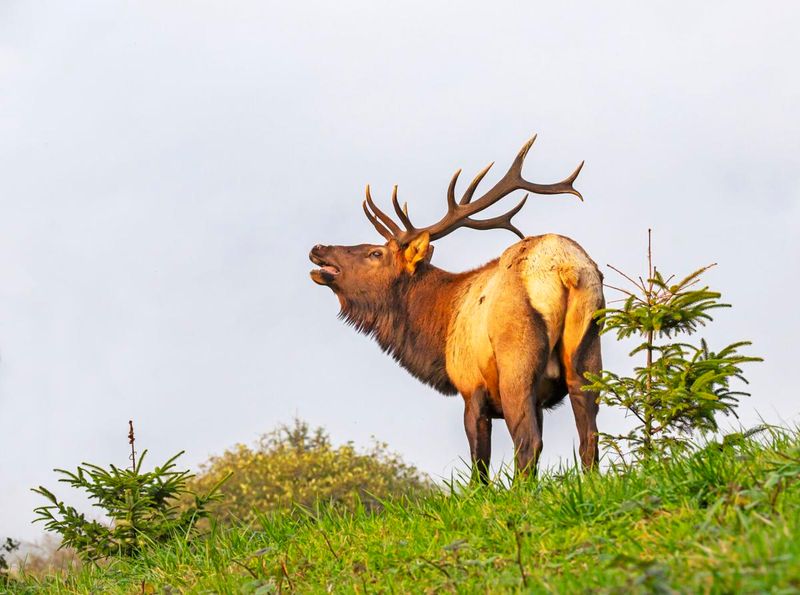
Evolution happens faster than we once thought. Elk that migrate at optimal times survive better and produce more offspring, passing on their timing instincts. Scientists studying elk DNA have identified genetic markers associated with migration timing.
These markers show signs of strong selection pressure in recent decades. We’re witnessing evolution in real-time as elk herds genetically adapt to our rapidly changing climate.





